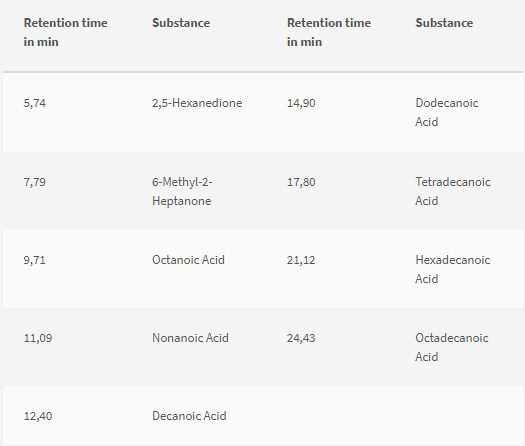The most advanced analytical method available today is pyrolysis GC-MS analysis, which provides a potent way to determine the composition of complicated materials. Through the seamless integration of pyrolysis, gas chromatography (GC), and mass spectrometry (MS), this approach allows researchers to precisely investigate the molecular structure of both solid and liquid materials.
The fundamental process of pyrolysis GC-MS analysis is heating a sample to a high temperature (pyrolysis), which splits the material into smaller, more volatile pieces. These fragments are then identified by mass spectrometry, which calculates their mass-to-charge ratios, after being separated using gas chromatography based on their varying affinities for the chromatographic column.
The characterisation of polymer materials is one of the main uses of pyrolysis GC-MS analysis. Through clarifying the molecular makeup of polymers, scientists may learn more about their structure, characteristics, and functionality. This is very helpful in fields where a deep comprehension of polymer behavior is necessary, such manufacturing and materials science.
Furthermore, forensic investigations and failure analysis heavily rely on pyrolysis GC-MS analysis. Finding the source of an unexpected material failure is crucial. Analysts can identify the compounds involved, whether they are pollutants, impurities, or degradation products, by examining the residue that is left behind. This may serve as important proof in court cases or give guidance for new product developments that avert setbacks.
Take the example of a failing EPDM seal to demonstrate the effectiveness of pyrolysis GC-MS analysis. The seal's integrity was compromised when it fell victim to an unidentified attacker, even though it was resilient. Inconclusive results were obtained using traditional inspection methods until pyrolysis GC-MS analysis was utilized.
Through GC-MS analysis and pyrolysis of a sample of the failing seal, researchers discovered the presence of long-chain organic acids that are similar to those present in specific detergents. This discovery clarified the reason behind the breakdown, indicating that exposure to cleaning products containing these acids had weakened the barrier.
To sum up, pyrolysis GC-MS analysis is a fundamental component of contemporary analytical chemistry, providing a strong and adaptable instrument for failure analysis and material characterisation. Its capacity to solve the molecular riddles concealed in samples has great potential for use in a variety of fields, including polymer science and forensics. Pyrolysis GC-MS analysis will surely continue to push the frontiers of scientific innovation and discovery as techniques and technology change.
